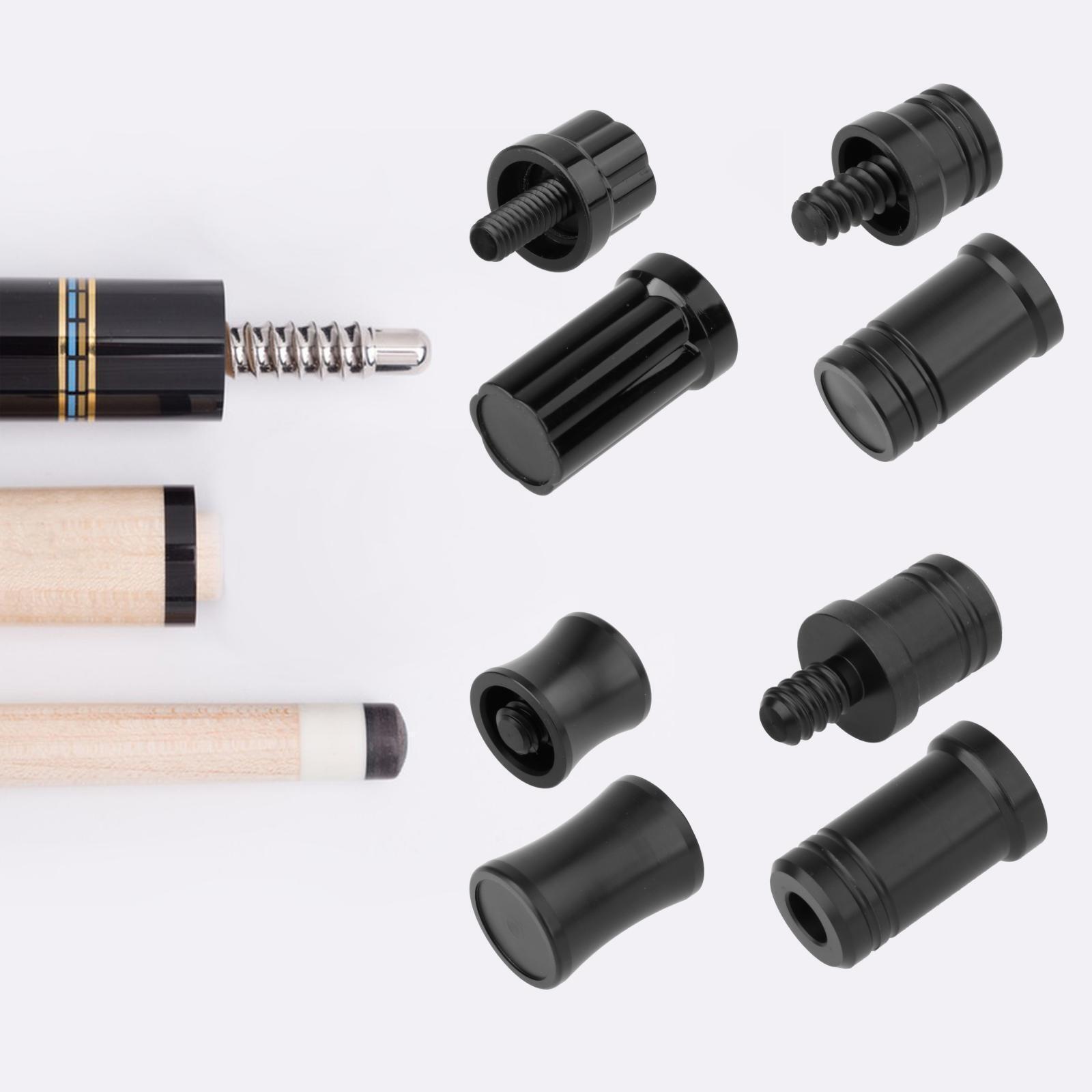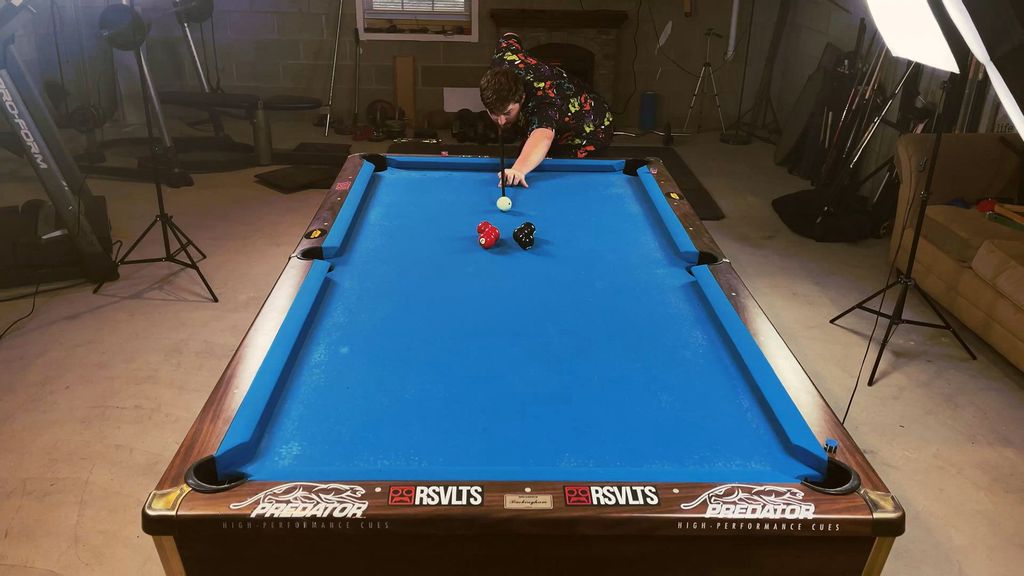
There are many options for pool balls, depending on who made them and what type of resin was used. Having a quality ball can make all the difference when playing pool, and is also important for achieving professional skills. If you have a set of quality balls, you can expect them to last for a very long time.
The original pool balls were made of wood. As the game evolved and manufacturers began to look for better options to meet high-quality demand, pool balls became more popular. Ivory pool balls were popular in the 17th century because they were sturdy and smooth. It was also quite affordable to make. Manufacturers looked for other alternatives as the elephant population declined during the latter part of the 19th Century.

Then, in 1907, an American chemist named Leo Baekeland invented a type of plastic called bakelite. Bakelite was a popular choice for pool balls in the 1920s. Bakelite was more resistant to flames than celluloid balls and also less flammable. It was easy to make and didn't explode. Although it is a type of plastic, it is not the same as the resin used today. It is a thermosetting material that can't be melted again.
A plastic mixture of nitrocellulose, alcohol was the next type of pool ball. This plastic is still in use today. It is called phenolic resin. Circuit boards are also made of phenolic resin. This resin is strong and durable, making it a popular material for making pool balls. In a similar process to bakelite, the resin is used for making pool balls.
Another plastic that is used for pool balls is polyester. Polyester is more affordable than phenolic. However, it does not maintain its shine for as long as phenolic resin. In addition, polyester is not very durable. Polyester pool balls tend to be less durable than those made from other materials. They also tend to wear out faster than phenolic resin balls.
Saluc, a Belgian company that manufactured pool balls, started production in 1923. Saluc is famous for the brand Aramith, which is the only company that produces pure phenolic resin balls. Aramith balls contain a mix of bakelite, phenolic, and phenolic ingredients. Phenolic resin is a thermosetting plastic that is usually very durable. It can last upto 40 years. It can also be used for volleyball balls, which are durable and can withstand up to 400,000 impacts.

There are many other types of plastics that can be used to make pool balls. While polyester pool balls are cheaper than phenolic, they are less strong than phenolic. Furthermore, polyester pool balls don't last as well as phenolic-resin pool balls. They are however affordable and long-lasting enough to be used by beginners. For a tournament, phenolic resin pool balls are the best choice, but they are not cheap.